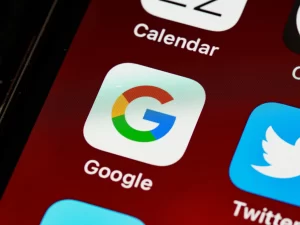Know Your Audience:
Understand who you’re talking to and what you want them to do. Do you want them to visit your website, buy something, or try a service for free?
Pick the Right Size: Certain ad sizes are more popular and can be more successful. Sizes like 728×90, 160×600, or 300×250 are commonly used and can help your campaign succeed.
Design Wisely: Use fonts that are easy to read and incorporate your brand’s colors.
After you’ve created your banner, the next step is to find places to show it. You could contact blog and website owners directly, but this can take a lot of time. Many people use advertising networks like Google AdWords, Aol Advertising, or OpenX to help spread their ads across the web.
Banner ads use visuals to communicate. They can include buttons, colors, pictures, text, or animations to convey a clear message. Think carefully about what you’re offering and how you can creatively showcase this in your ad. Also, have a budget in mind for how much you’re willing to spend on this advertising effort.
Beyond these basics, let’s dive deeper into each step to ensure your banner advertising campaign is a success.
Knowing who you’re targeting is crucial. Consider creating a detailed profile of your ideal customer, including age, interests, and what problems your product or service can solve for them. This will help you design an ad that speaks directly to them.
Different websites will display ads in various places and sizes, so choosing the right one is important. Research the most effective sizes and consider where on a webpage your ad might be most noticed. Your ad’s design should be eye-catching but not overwhelming, with a clear message that can be understood at a glance.
You don’t need to be a pro designer to create an effective banner ad. With tools like Creatopy, you can choose templates, add your images or choose from stock photos, and customize your text. Remember to include a call-to-action (CTA), such as “Learn More” or “Buy Now,” to encourage people to click.
While direct negotiation with website owners is an option, advertising networks offer a more streamlined approach. They can place your ads on multiple sites, targeting your ads to appear on websites that your audience is likely to visit.
Once your ad is live, monitor its performance. Look at the CTR to gauge its effectiveness. Don’t be afraid to make changes. Sometimes, small tweaks to the design or the ad copy can make a big difference in performance.
Getting clicks is great, but what happens next is equally important. Make sure the page people land on after clicking your ad is relevant, easy to navigate, and offers a clear path to purchase or learn more. This might mean creating a special landing page for each campaign.
Retargeting is a technique where you show ads to people who have visited your website but didn’t make a purchase. It’s a powerful way to remind them of what they’re missing and encourage them to come back.





